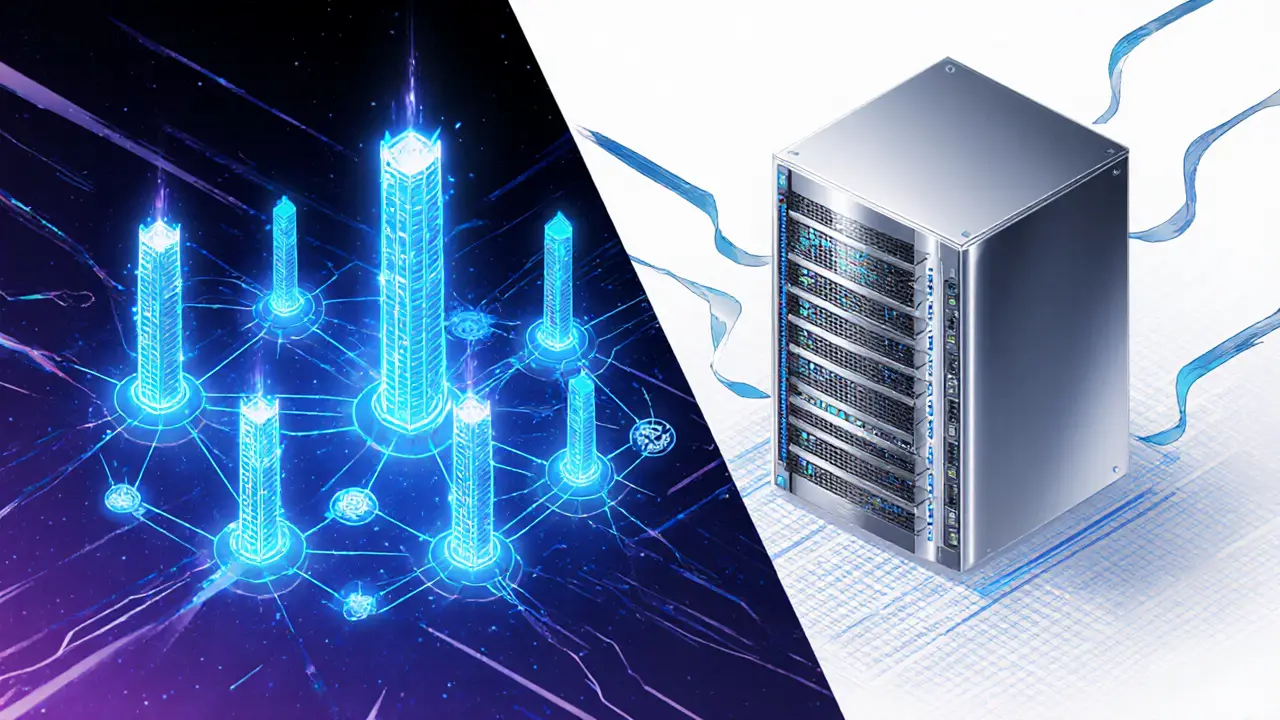Traditional Databases
When working with Traditional Databases, structured systems that store information in tables, enforce a fixed schema, and guarantee transactional consistency, you’re dealing with the backbone of most business software. Traditional databases have been around for decades, yet they still dominate because they provide reliable, predictable performance. They encompass Relational Databases, collections of inter‑linked tables accessed via a query language and they require ACID compliance, a set of properties—Atomicity, Consistency, Isolation, Durability—that keep transactions safe. In practice that means a bank transfer either completes fully or not at all, and you never end up with half‑written data. The classic example is a MySQL or PostgreSQL server handling millions of e‑commerce orders daily while keeping every row accurate.
Key Concepts That Keep Traditional Databases Relevant
One of the biggest reasons developers still reach for these systems is the clear data modeling approach they enforce. With a fixed schema, you define tables, columns, data types, and relationships up front, which makes it easier to reason about the data flow and enforce business rules. Indexing is another core feature: by creating indexes on frequently queried columns, reads become lightning fast, even on huge tables. You’ll also hear a lot about SQL—the declarative language that lets you ask for exactly the data you need without writing procedural code. While NoSQL databases promise flexibility, they often sacrifice the strong consistency guarantees that ACID provides. In many cases, the trade‑off isn’t worth it for financial, inventory, or user‑account systems where correctness is non‑negotiable. Modern tools like ORM libraries (for example, Sequelize or Entity Framework) hide much of the SQL boilerplate, letting developers work with objects while the underlying engine still follows relational rules.
Even as cloud-native architectures and micro‑services grow, traditional databases adapt by offering managed services, automatic scaling, and built‑in backup solutions. Platforms such as Amazon RDS or Azure Database for PostgreSQL let you spin up a fully‑compatible instance in minutes, offloading hardware maintenance while keeping the same ACID guarantees. This blend of reliability and convenience means you’ll find articles on everything from optimizing query plans to securing data at rest in our collection below. Whether you’re a newcomer trying to grasp basic table design or an experienced engineer hunting performance tricks, the posts ahead cover a wide range of practical advice. Dive in to see how these timeless concepts fit into today’s fast‑moving crypto and DeFi ecosystems.
Explore the fundamental differences between blockchain technology and traditional databases, from architecture and performance to security, cost, and ideal use cases.
Read More





